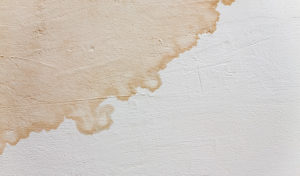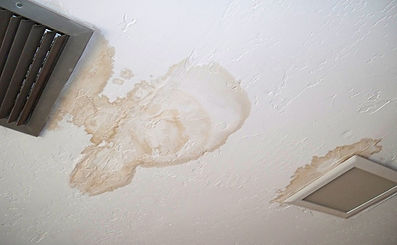The article in the next paragraphs relating to How to Remove Water Stains from Walls and Ceilings is unquestionably insightful. Try it and make your own personal findings.

Water stains on wall surfaces are not positive to the eyes. Sometimes it seems almost unavoidable to experience water stains on walls in homes.
Property owners living in humid areas constantly deal with the fear of water stains on walls. But that doesn't need to be the case for you. With exact as well as all-round info on the causes of water stains and punctual fixing procedures, you will always be a step ahead of such occurrences. So, this short article promises to be an useful overview for you.
3 Typical Causes of Water Discolorations on Wall Surfaces
In contrast to popular belief, water discolorations on walls do not constantly come from poor structure materials. There are numerous sources of water spots on walls. These consist of:
Damp
When hot moist air meets with completely dry chilly air, it causes water beads to form on the wall surfaces of structures. This happens in kitchens and bathrooms when there is vapor from cooking or showers. The water beads can stain the bordering walls in these parts of your residence and infect other areas.
Damp or condensation affects the roofing and also walls of buildings. When the wall is damp, it creates an appropriate setting for the development of fungi as well as germs.
Poor Water drainage
When making a structure strategy, it is crucial to guarantee appropriate water drainage. This will certainly protect against water from seeping into the walls. Where the water drainage system is clogged or nonexistent, underground moisture builds up. This links to excessive dampness that you discover on the walls of your structure.
The leading cause of wet wall surfaces, in this situation, can be a bad drainage system. It can also be due to poor management of sewer pipelines that go through the building.
Pipeline Leaks
The majority of residences have a network of water pipelines within the wall surfaces. It always increases the feasibility of such pipes, as there is little oxygen within the walls.
A drawback to this is that water leak impacts the wall surfaces of the building and causes extensive damages. An indication of faulty pipes is the look of a water stain on the wall.
Pro Tip
A houseplant in your home likewise raises its moisture. So, if the house is already damp, you might wish to introduce houseplants with marginal transpiration. An example of suitable houseplants is succulents.
Water Spots on Wall: Fixing Tips
When dealing with water discolorations, property owners would usually want a fast fix. They would quickly understand this is detrimental as the water discolorations recur. Right here are a couple of helpful ideas that will certainly guide you in the repair of water discolorations on walls:
Conclusion
No one desires to have water discolorations on wall surfaces in their residence, it can take place to the best of us. This short article provides you take advantage of, as you now know how to handle this accident if it does occur.
It is always best to recruit professional services to help take care of the problems in your home.
Often it appears nearly inescapable to experience water discolorations on wall surfaces in houses.
Contrary to prominent belief, water spots on walls do not always stem from poor building materials. There are several reasons of water discolorations on walls. The water droplets can tarnish the bordering wall surfaces in these parts of your home and spread to various other locations.
Right here are a few valuable suggestions that will guide you in the fixing of water discolorations on wall surfaces:
What Causes Water Stains on Walls and Ceilings?
What Causes Water Stains?
Leaks cause water stains no matter whether on walls or ceilings. Potential sources are bathroom elements like an overflowing toilet, bathtub, or sink. A damaged roof allows precipitation to leak, causing staining, and leaky pipes also cause water stains. Whatever the leak source, water finds its way into places it shouldn’t, eventually evaporates, and leaves behind mineral deposits that cause the unsightly discoloration known as a water stain.
What Do I Do If I See Water Stains?
If you notice water stains or water damage, a closer inspection is needed. First, determine whether active moisture exists. If so, you may have an active leak requiring a greater sense of urgency. If you have an active leak, you’ll want to get someone over as soon as possible. On the other hand, dry water stains could be from a one-time event and a relative non-issue. In either case, we recommend hiring a professional plumber to inspect the stains and the leak source to determine the root cause and avoid further water damage.
https://www.orlando-plumber-services.com/blog/what-causes-water-stains-on-walls-and-ceilings/

I was made aware of that write-up about How to Find and Repair Water Leaking in the Wall from a friend on another domain. Are you aware of somebody else who is very much interested in the topic? Please feel free to promote it. We love reading our article about Indicators of Water Damage Behind Walls.
Book Services